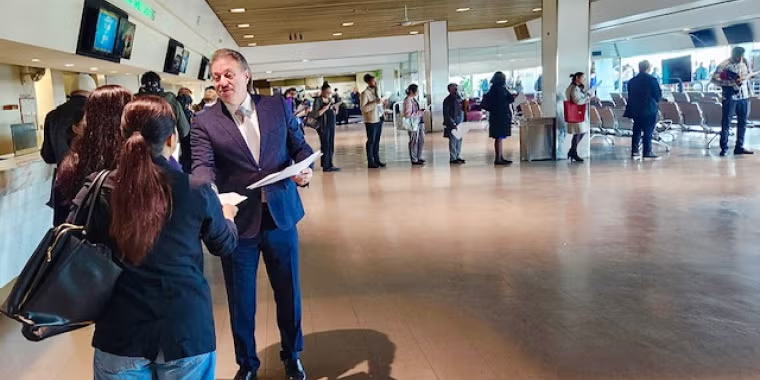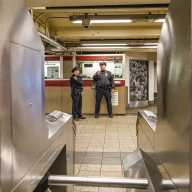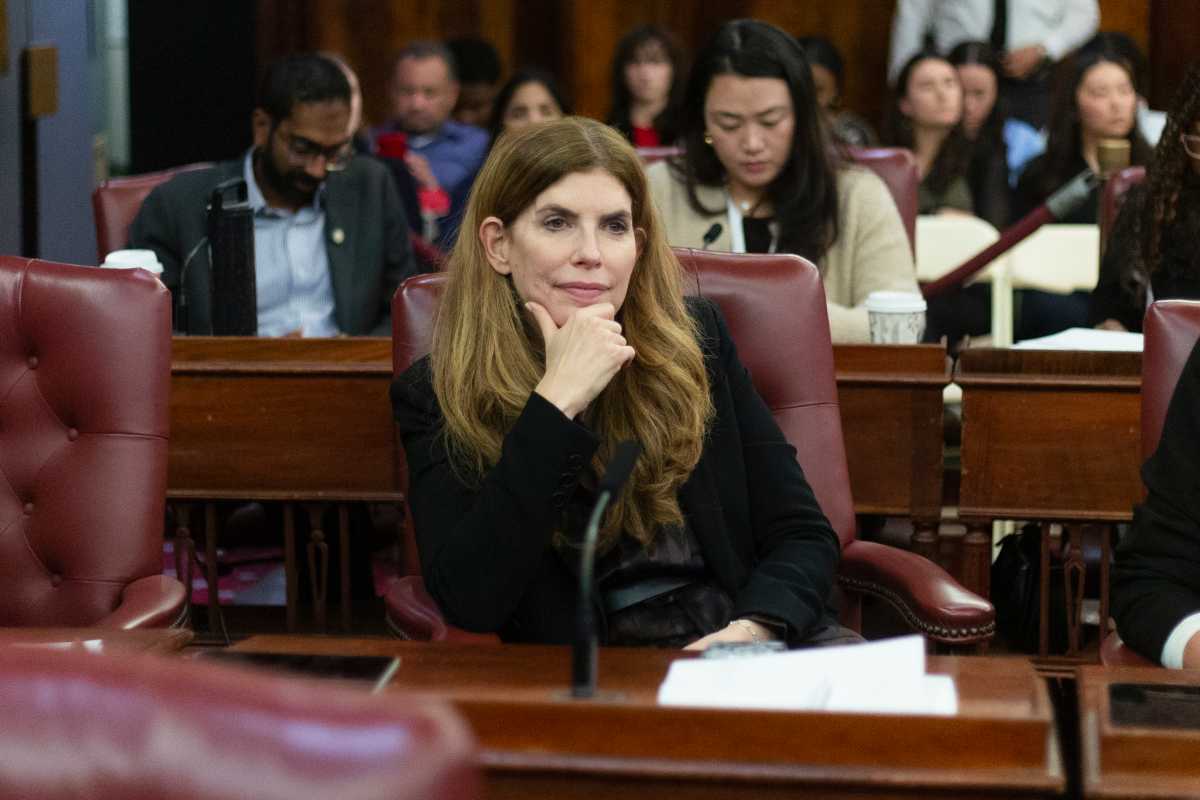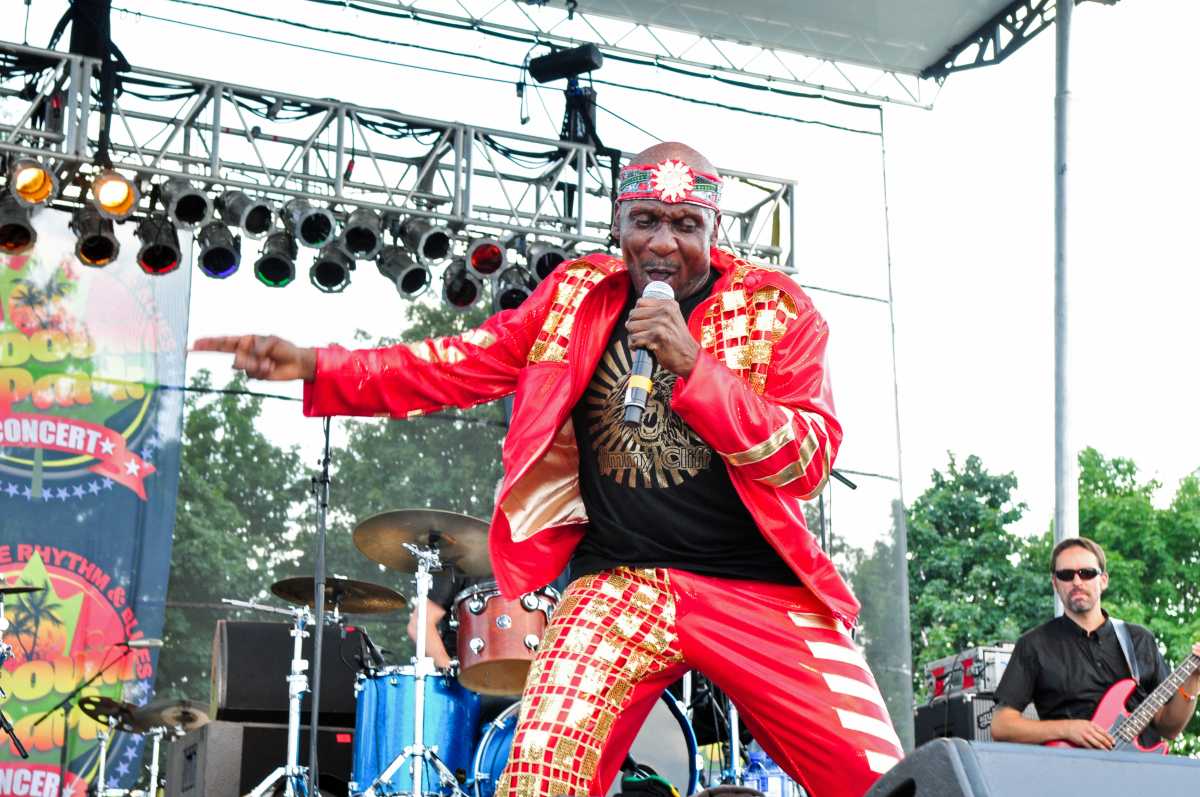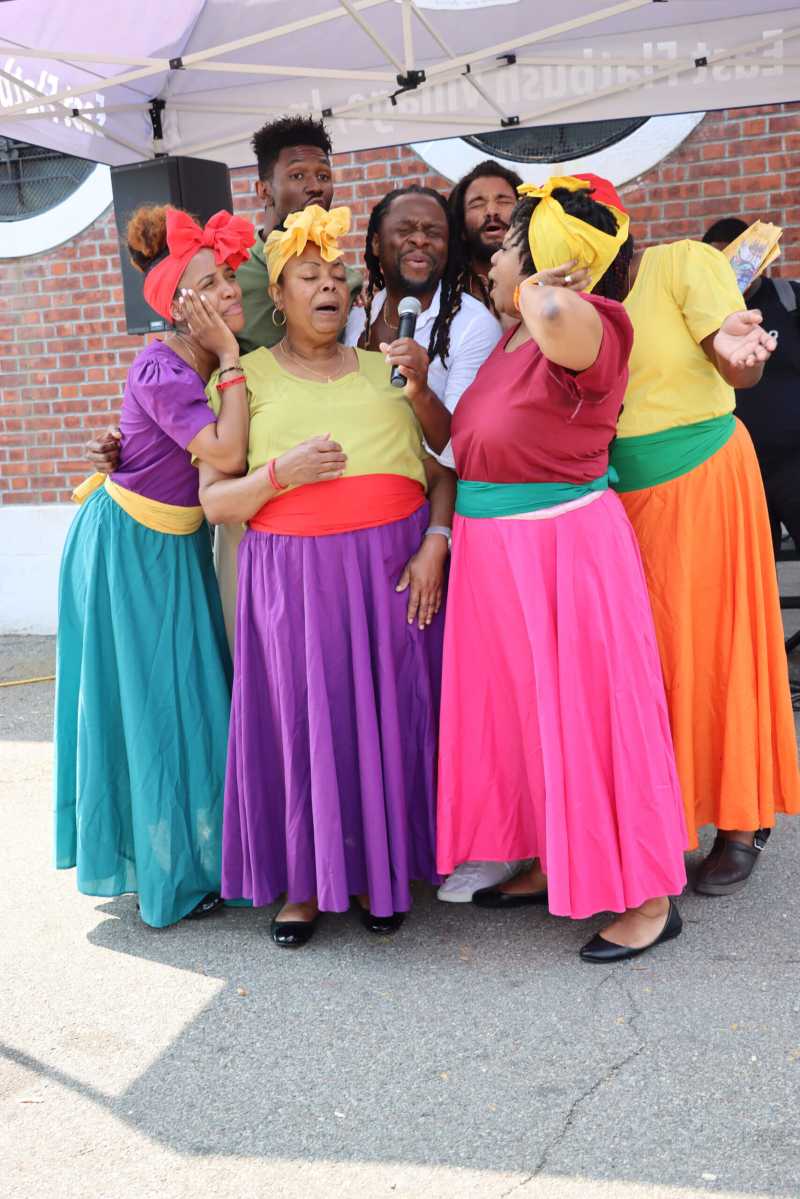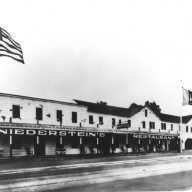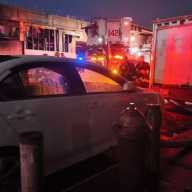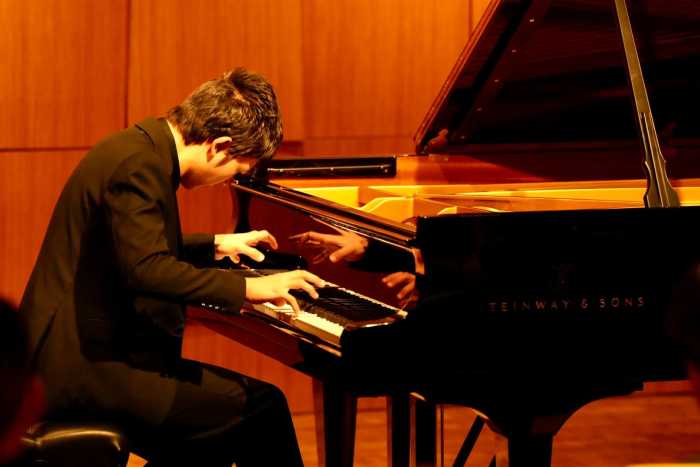In a city that is becoming increasingly connected, there is one place where cell phone signals don’t reach – the subway. For communication with the outside world commuters rely on pay phones – and according to a recent survey almost one third are out of order.
The Straphangers Campaign released a survey which found 31 percent of pay phones in the 40-most used subway stations are non-functioning.
The leading reason the phones were listed as non-functioning was no dial tone. Other issues included a blocked coin slot, the coin fell through or the handset was damaged or missing.
Separate stations along the No. 6 line represented the best and the worst of the survey – the 33rd Street Station had 100 percent of the phones working while just 29 percent were functioning in the 77th Street Station.
A spokesperson for Verizon – which operates the payphones – said the company maintains pay phones that often encounter vandalism on a daily basis and their goal is to repair non-functioning phones within 24 hours. Also cited was a survey that found 92 percent of pay phones throughout the entire system to be functioning in the second half of 2010.
The survey completed by New York City Transit’s Operations Planning Division, only checked whether a call could be connected and if the handset was damaged, according the Straphangers Campaign, and did not check if the coin slot was working. The survey also checked above ground stations where pay phones are of less importance because of cellular signals.
Five stations from Queens were included in the survey. The No.7 line’s Flushing-Main Street was the fourth worst station in the study with only 40 percent of pay phones functioning. The other four Queens stations surveyed came in just below or above the system wide average of 69 percent: Woodhaven Boulevard (M and R lines), 63 percent; Jamaica Center-Parsons-Archer (E, J and Z lines), 67 percent; Forest Hills-71st Avenue (E, F, M and R lines), 69 percent; Kew Gardens-Union Turnpike (E and F lines), 71 percent.
Subway riders may not need to rely on pay phones much longer, Transit Wireless is working on a pilot program for cellular service in six stations in lower Manhattan. If the program is successfully completed by the end of the year, Transit Wireless will have an additional four years to outfit the rest of the system with service.
The survey was conducted during July and August of last year and tested 740 pay phones.










